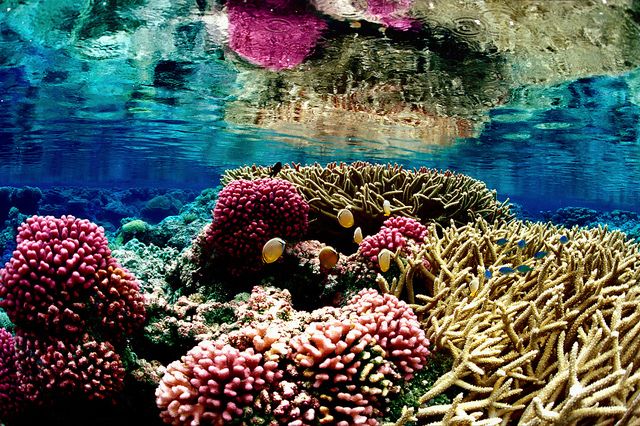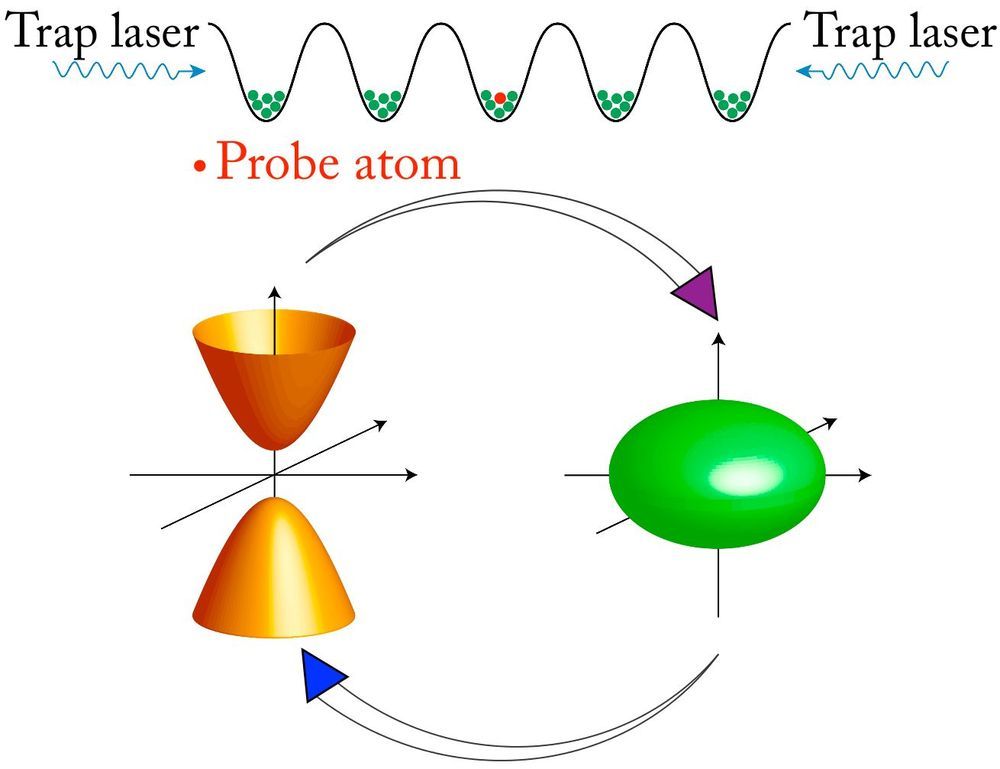That 2 million figure would be twice as many dead as have perished in all our wars from the American Revolution to the Civil War, World War I and II, and Korea and Vietnam.”
“Depend upon it, sir, when a man knows he is to be hanged in a fortnight, it concentrates his mind wonderfully,” said Samuel Johnson.
And as it is with men, so it is with nations.
Monday, Dr. Deborah Birx, White House coronavirus response coordinator, projected some 100,000 to 200,000 U.S. deaths from the pandemic, “if we do things almost perfectly.” She agreed with Dr. Anthony Fauci’s estimate that, if we do “nothing,” the American dead could reach 2.2 million.








